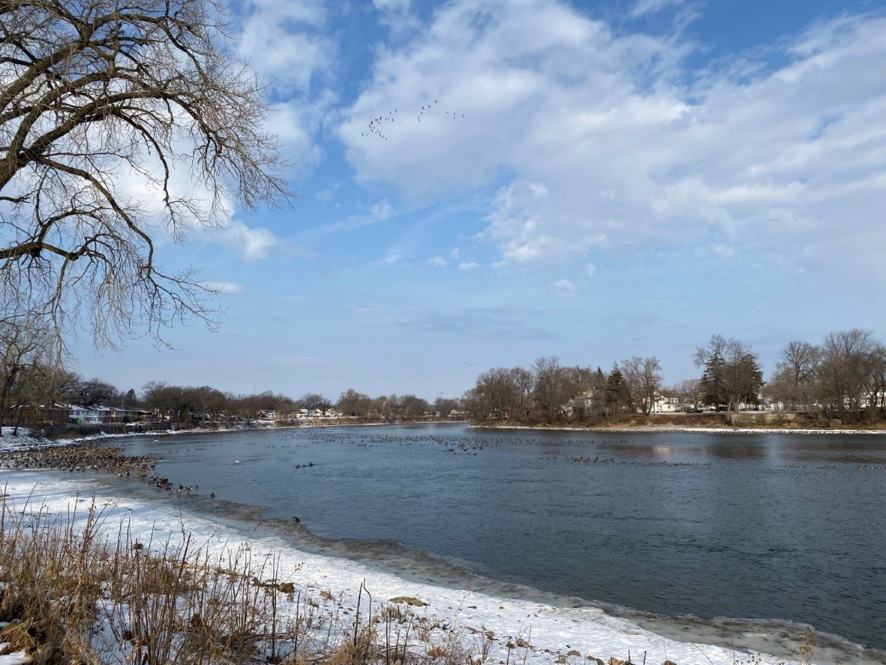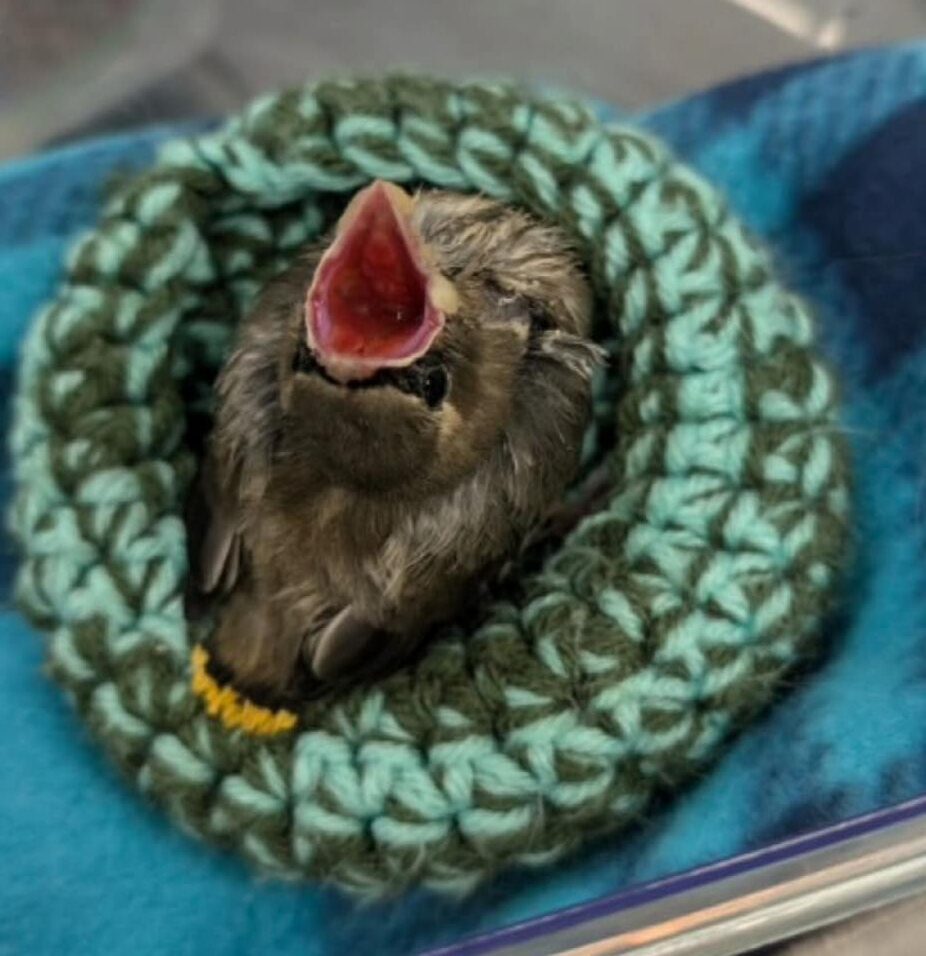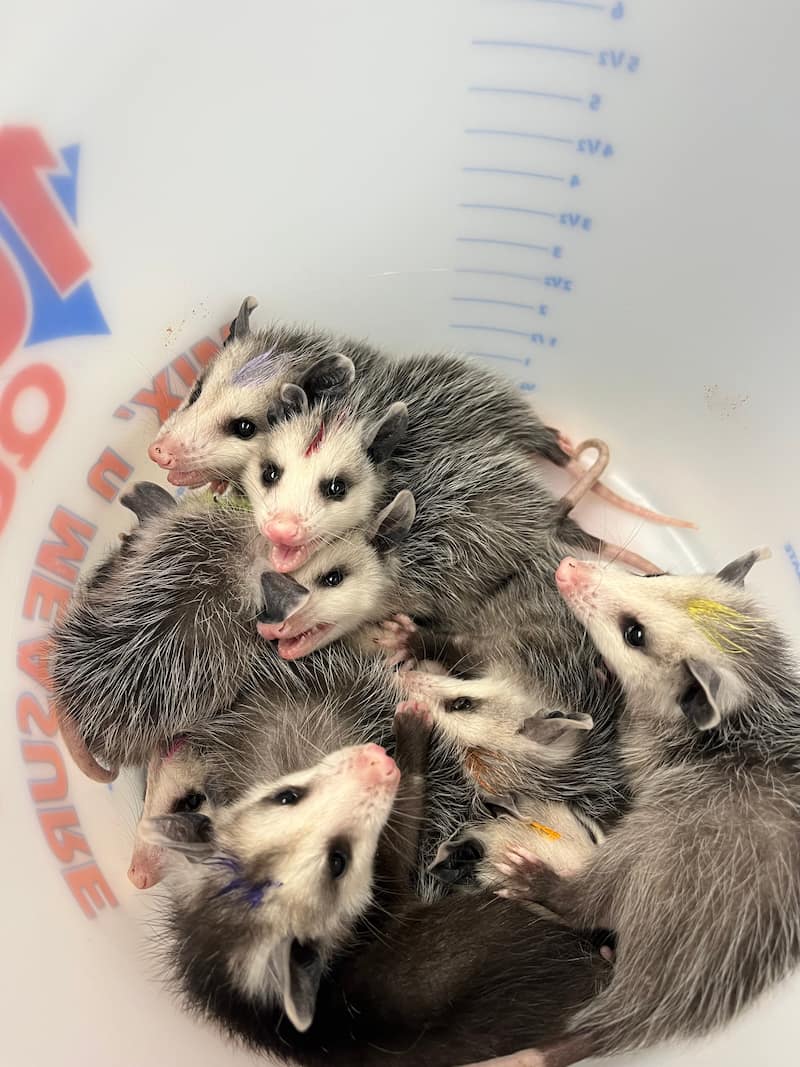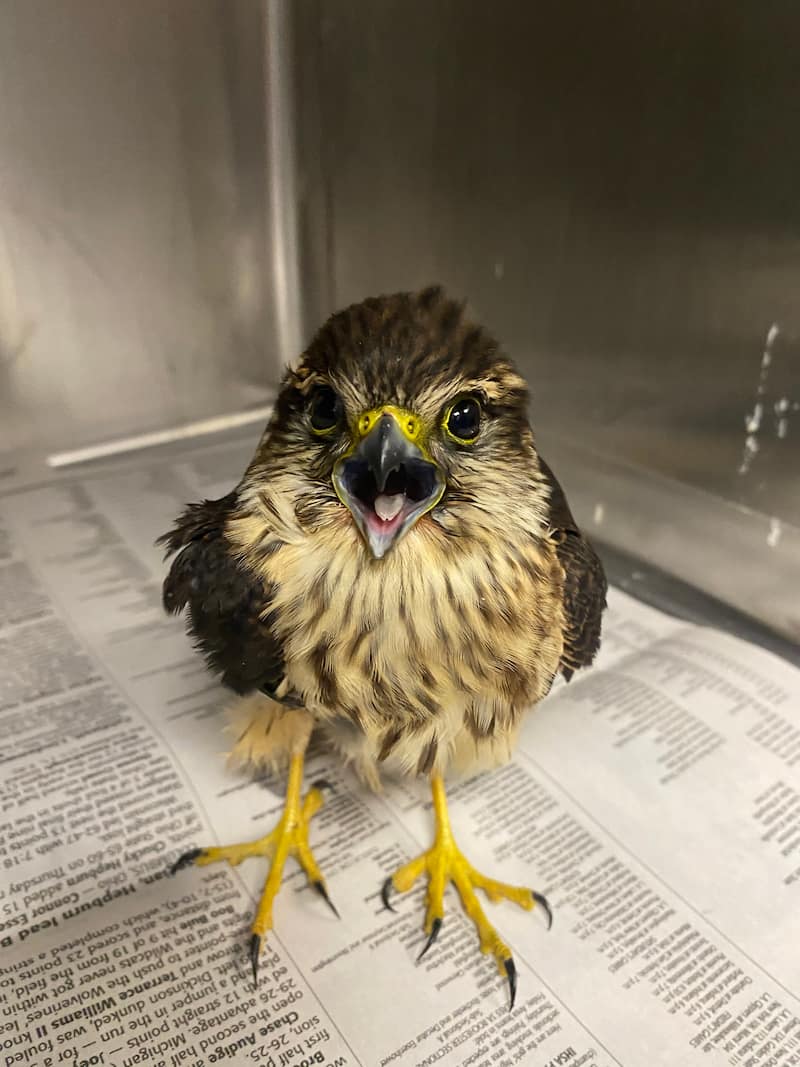Spring Brings Birding Opportunities
Spring is fully upon us, and the mornings are now full of intricate songs from a variety of native bird species. These melodies are a great reminder of how diverse the bird species around us can be. If you’ve ever been interested in learning more about the birds in your backyard or those you see on a walk in the park, birding is an activity that you should consider trying out! The term “birding” is often used interchangeably with “birdwatching”. The main difference is that birding is typically more active and involves more targeted searching for birds and more in-depth studying of their behaviors. It’s a great way to spend time in nature and learn more about your community’s native species and the ways that they interact with their environment. I was first introduced to birding when I took an ornithology class in college, and it’s been a fun hobby that I have enjoyed since then!
What You Need
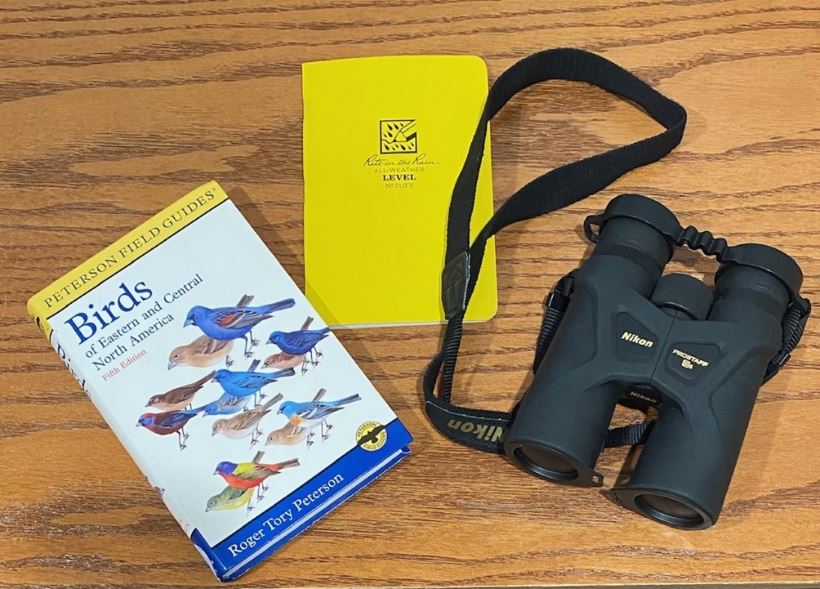
Birding is a very low commitment and beginner friendly activity. It can be done essentially anywhere and with anyone. It doesn’t require a lot of equipment, especially if you only go out occasionally. A good set of binoculars is highly recommended to help you see birds more clearly, but they are not required, especially for a one-time outing! Another recommendation is to have a field guide, with descriptions and diagrams of your local bird species, to help you with identification. This can be a physical book with photos or illustrations if preferred, or there are some great mobile apps, such as Merlin Bird ID, which is essentially an online field guide. I prefer using an identification app when I’m birding, as they can be tailored to your specific location and you can even submit photos, descriptions, or sounds of a bird to obtain potential species identifications. Over time and with practice, you’ll become more comfortable with identifying native bird species and their calls, while also becoming familiar with some of the distinctive behaviors of those species.
It can also be worthwhile to start tracking the species you’re observing if that is something you are interested in. A lot of birders have life lists, which are compiled lists of every bird species they have seen. I have a running list of bird species I have seen with the date listed, and it’s cool to look back and see how many species I’ve been able to see in a short period of time. One great option for tracking the birds you see on your outings is with eBird, a bird observation database. With this app, you can record your sightings at the exact location they occurred at. This information is then collected and shared with other eBird users and with scientists. This data is not only helpful for allowing users to locate hotspots where certain bird species have been seen recently, but it can also be used for research purposes.
Diversity of Birding
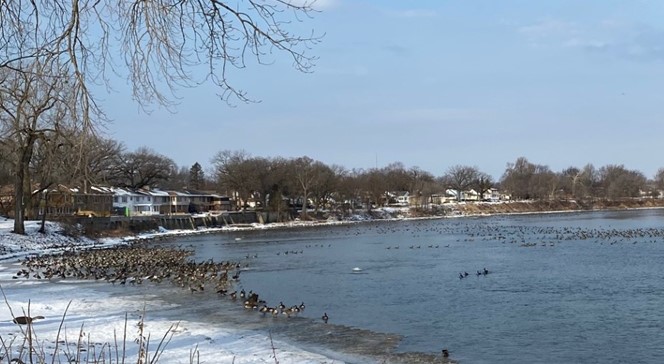
One of the most exciting things about birding is that every experience will be different and the diversity of birds that you see will vary each time. Try visiting a variety of habitats at different times of day, weather conditions, and seasons to get a better idea of how your local bird diversity changes due to environmental factors. Birding will likely be the most rewarding in the early morning when most birds are active, just as the sun is rising. This is due to a phenomenon known as the dawn chorus, which is quite noticeable in the spring. The still morning air serves as a great medium for songs and calls to travel through the environment, allowing birds to better attract mates or defend their territories. As the seasons change and birds migrate into or out of your community, you will get to see new traveling species that you may otherwise have never noticed before.
Birding is What You Make of It
Another great thing about birding is that it is what you want to make of it. There is no pressure involved and you can put as much energy into it as you see fit. Some people get very involved and competitive, wanting to beat their personal species list records, while others simply want to observe birds and take down notes about their behaviors. It’s up to you and what you enjoy about birding! I personally enjoy going out with a group of friends and simply observing as many species as possible.
The next time you hear a bird singing this spring, consider taking a walk through your neighborhood or a local park and trying out birding! You never know what you’ll discover about the birds that inhabit your community.
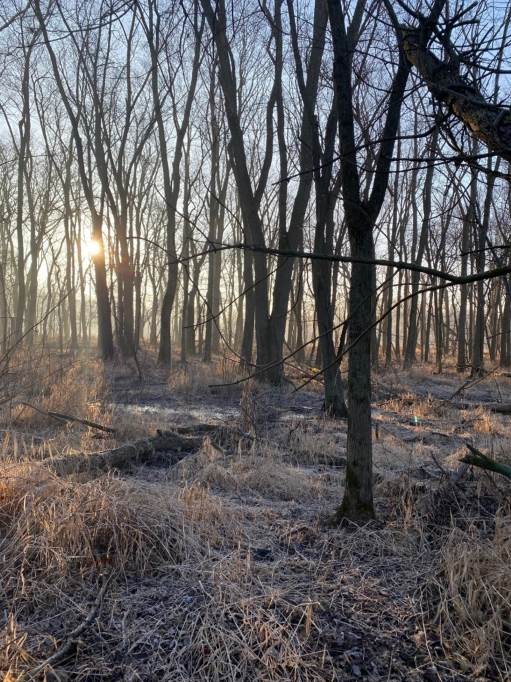
This was written by Sarah, one of our Wildlife Medical Clinic volunteers (Class of 2027).
References

